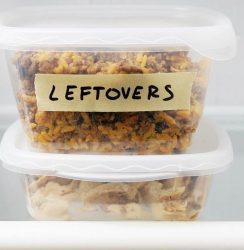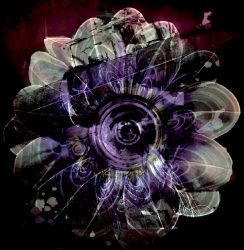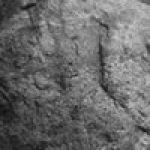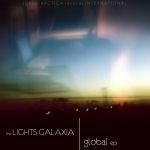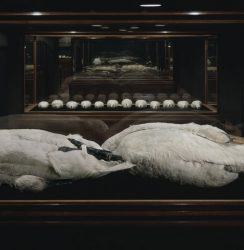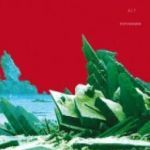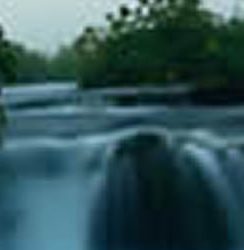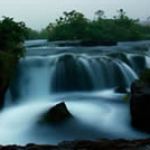
“Ring” is the second part of the two part auditive “guided fantasy” from 2006 (“Wave” being the first part). A mix of ambient music, soundscapes and other musical surprises, created in 2006.
The first of these four programs was a compilation of the (magnificent) album ‘Spellewauerynsherde‘ by Akira Rabelais, the fourth part was a compilation of music from Iceland. (Since these programs are not ‘ambient mixes’ they are not included in this collection).
The four parts were called “Spelle”, “Wave”, “Ring” and “Sharde”, which together is also the full title of Akira Rabelais’ “Spellewauerynsherde” album. Tracks and fragments of this album are present throughout all four programs. I’m very grateful to Akira for sharing some of the unreleased shardes from his magnificient Spellewauerynsherde project!
BTW – the pictures shown above are from Helga Kvam.
No one ever captured the mysterious Icelandic nature better than she does.

